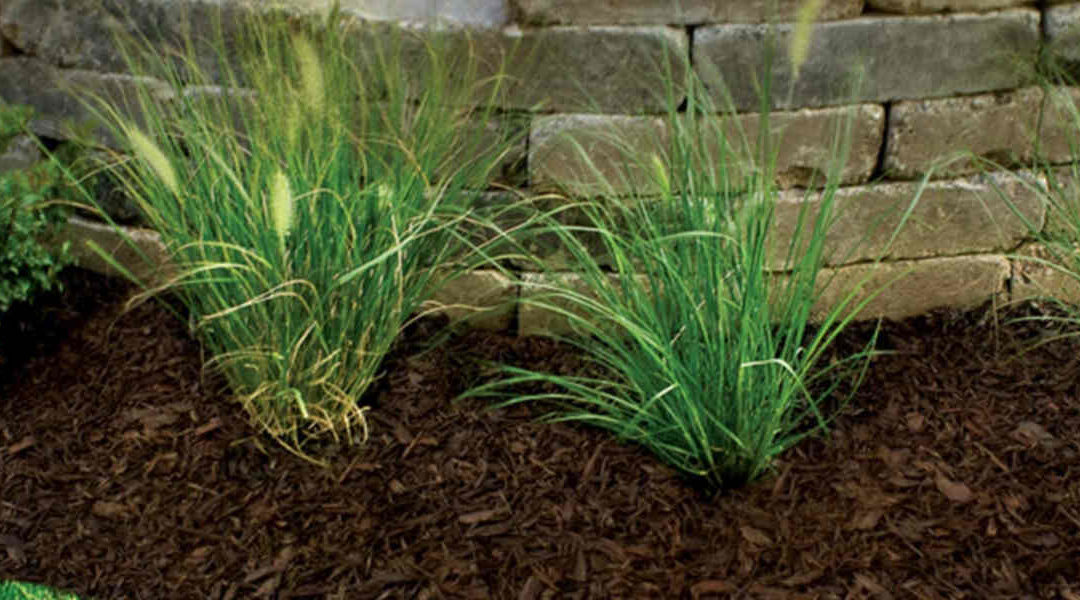As the adage goes, “Waste not, want not!” Knowing what to do with old mulch in spring applies this saying to your outdoor resources.
But what can you do with old mulch besides retiring it to a lonely corner of your yard? Our crew at Dos Amigos Tree Experts knows mulching in Alexandria, VA backward and forward. We provided some ideas below so you don’t have to deal with more yard waste.
Can You Still Use Old Mulch?
Numerous homeowners in Virginia dispose of their old mulch without giving it much thought. Each year, they collect the mulch they previously spread and replace it with fresh mulch. However, you can still use old mulch in most cases.
Its reusability depends on the type of mulch and what it looks and feels like. As long as your old mulch solely consists of biodegradable material, you can repurpose it!
Types of Mulch
There are three main types of mulch: organic, living, and inorganic. When you purchase new mulch, always take note of what type you buy. The variety will inform how you can use it when you need to replace it.
Organic Mulch
Organic mulch consists of non-living biodegradable materials often used for moisture retention and weed prevention. Common types of organic mulch include:
- Wood chips
- Pinestraw
- Hay
- Wood shavings
- Dead leaves
Essentially, organic mulch comes from once-living plants.
You may reuse the type of mulch as long as it maintains its original consistency. Otherwise, you can compost it.
Living Mulch
Living mulch includes all manner of living plants that cover a specific area on your property. You may also know it as ground cover. Examples of ground cover or living mulch include:
- Moss
- Low, sprawling succulents like Cooper’s ice plant
- Clover
Basically, any low-growing plant that produces a helpful nutrient for larger plants is a type of living mulch. Living mulch serves the same purpose as organic mulch by preventing weeds and assisting in moisture retention.
Inorganic Mulch
Inorganic mulch doesn’t come from a living plant. Products like pea pebbles, rocks, and tire chunks are examples of inorganic mulch. While this type might prevent weeds and retain moisture, it won’t otherwise benefit your flower beds or crops.
It often lasts longer and adds a consistent visual appeal to the areas it covers.
What to Do With Old Mulch in Spring
If you want to know what to do with old mulch in spring, you have a couple of routes from which you can choose. Examine the mulch first to determine whether it has retained its original integrity for the most part. Mulch that keeps its shape can stick around for reuse!
Reuse It
Reusing mulch means keeping it for its original purpose. So if your mulch looks and feels reusable, you can either mix it with fresh mulch or revitalize it. This applies to inorganic and organic mulch.
Revitalize organic mulch by rinsing or soaking it to give it new life. Then, mix it with fresh mulch and spread the combination around on a freshly lain piece of landscape fabric. For inorganic mulch, you just need to rake, collect, and rinse it before spreading it.
Compost It
You can add organic and living mulch remnants to compost heaps. If the organic mulch seems decomposed or decayed, collect, and add it to your compost heap for a nutrient-rich compost.
Do More with Your Mulch with Dos Amigos Tree Experts
Knowing what to do with old mulch in spring saves time and money. Some types of old mulch make for perfect mulch to place around trees. At Dos Amigos Tree Experts, we help you do more with your mulch. Call us at (703) 300-6103 for a free service estimate.


